Stress from looming deadlines, strained relationships, or unexpected setbacks often disrupts focus and productivity. Yet, a growing movement points to a powerful solution: emotional balance meditation. This transformative practice is gaining traction as a proven method to cultivate inner calm, sharpen decision-making, and foster resilience.
Unlike traditional stress-relief tactics, emotional balance meditation equips you with tools to navigate life’s challenges with clarity and poise, paving the way for success. With mental discipline for success at its core, this approach empowers professionals, leaders, and anyone seeking growth to master their emotions.
Ready to harness the power of emotional balance meditation? Discover 7 targeted practices to achieve lasting stability and thrive in every aspect of life.
What Is Emotional Balance Meditation?
Emotional balance meditation refers to mindfulness practices designed to stabilize emotions, enhance self-awareness, and promote resilience. By engaging in focused techniques, such as breath awareness or guided visualization, individuals learn to observe their emotions without being overwhelmed, fostering a sense of calm and control.
This practice is particularly valuable in high-pressure environments, where emotional clarity can mean the difference between success and setback. Whether managing workplace conflicts or personal challenges, emotional balance meditation builds a foundation for informed decisions and stronger relationships.
The 7 practices below, rooted in mental discipline for success, offer actionable steps to master emotional balance and unlock your potential.
1. Cultivate Mindfulness with Breath Awareness
Achieving emotional balance begins with grounding yourself in the present moment. Breath awareness meditation, a cornerstone of emotional balance meditation, trains you to focus on your breath, creating a mental anchor during turbulent times. Imagine navigating a high-stakes meeting where tensions rise.
Tuning into your breath, you can diffuse stress and respond with composure.
Set aside 10 minutes daily in a quiet space. Sit comfortably, close your eyes, and focus on the sensation of your breath moving through your nostrils or chest. When emotions, such as frustration from a delayed project, arise, acknowledge them without judgment and return to your breath.
This practice strengthens your ability to remain centered, ensuring emotional clarity in challenging moments.
- Pro Tip: Place a hand on your chest to feel your breath’s rhythm, enhancing focus during meditation.
- Try This: For one week, practice 10 minutes of breath awareness each morning, noting how it impacts your emotional state.
2. Release Tension with Body Scan Meditation
Physical tension often amplifies emotional unrest, such as tightness in the shoulders during a demanding workday. Body scan meditation, a key emotional balance meditation technique, helps release this tension, promoting emotional stability.
This practice involves mentally scanning your body to identify and relax areas of stress, fostering a sense of calm.
Dedicate 15 minutes daily to lie down or sit in a quiet space. Close your eyes and slowly direct your attention from your toes to your head, noticing sensations like tightness or warmth. If you feel stress in your neck, perhaps from a heated discussion, breathe into that area, imagining it softening.
This method enhances emotional balance by aligning your physical and mental states, preparing you for clear-headed decisions.
- Pro Tip: Use a guided body scan audio to stay focused, especially if your mind wanders.
- Try This: For one week, practice a 15-minute body scan each evening, observing how it eases emotional tension.
3. Foster Compassion with Loving-Kindness Meditation
Emotional balance thrives on positive connections, both with yourself and others. Loving-kindness meditation, a powerful emotional balance meditation practice, cultivates compassion, reducing negative emotions like resentment. Picture a scenario where a colleague’s critique stings. This meditation helps you respond with understanding rather than defensiveness.
Allocate 10 minutes daily to sit quietly. Begin by silently repeating phrases like “May I be calm and balanced” for yourself, then extend them to others, such as “May my colleague find peace.” Visualize sending warmth to yourself, loved ones, and even challenging individuals.
This practice softens emotional reactions, strengthening relationships and emotional resilience.
- Pro Tip: Write down your phrases to personalize them, enhancing their emotional impact.
- Try This: For one week, practice 10 minutes of loving-kindness meditation daily, focusing on one person each session.
4. Enhance Clarity with Guided Visualization
Clear decision-making is essential for emotional balance, especially under pressure. Guided visualization, a dynamic emotional balance meditation technique, trains your mind to envision positive outcomes, reducing anxiety. Imagine preparing for a critical presentation. Visualization helps you approach it with confidence and calm.
Spend 12 minutes daily in a quiet space, using a guided meditation audio or your imagination. Picture a scenario, such as resolving a workplace conflict, unfolding successfully. See yourself speaking calmly, feeling balanced, and achieving your goal.
This practice rewires your emotional responses, promoting stability and focus in real-life situations.
- Pro Tip: Choose a specific goal, like a calm negotiation, to make your visualization more targeted.
- Try This: For one week, practice 12 minutes of guided visualization daily, focusing on a specific emotional challenge.
5. Build Mental Discipline for Success
Mastering emotional balance requires mental discipline for success, the practice of training your mind to stay focused and resilient. Meditation fosters this discipline by teaching you to observe emotions, like stress from a missed deadline, without letting them take control. This structured approach ensures you remain steady, even in chaotic moments, aligning with long-term goals.
Dedicate 10 minutes daily to a mindfulness practice, such as breath awareness or body scan. Before starting, set an intention, like “I will remain calm today.” During meditation, notice distractions, such as worry about a project, and gently return to your focus.
This discipline strengthens emotional balance, empowering you to lead with clarity and purpose.
- Pro Tip: Use a timer to maintain consistency, ensuring you complete the full 10 minutes.
- Try This: For one week, practice 10 minutes of mindfulness daily with a clear intention, noting its effect on your focus.
6. Stabilize Emotions with Mantra Meditation
Repetitive focus can anchor emotions during turbulent times. Mantra meditation, a focused emotional balance meditation technique, uses a repeated word or phrase to calm the mind. Consider a moment when personal conflicts cloud your judgment. A mantra helps you regain emotional equilibrium, fostering clear thinking.
Set aside 10 minutes daily to sit comfortably. Choose a calming phrase, such as “I am balanced.” Silently repeat it, focusing on its rhythm. When emotions, like irritation from a misunderstanding, arise, acknowledge them and return to the mantra.
This practice builds emotional stability, enabling you to navigate challenges with poise.
- Pro Tip: Experiment with different phrases to find one that resonates, enhancing your focus.
- Try This: For one week, practice 10 minutes of mantra meditation daily, using a chosen phrase to stabilize emotions.
7. Reflect and Grow with Journaling Meditation
Reflection is critical for sustained emotional balance. Journaling meditation, an introspective emotional balance meditation practice, combines mindfulness with written reflection to process emotions. Picture a day filled with workplace stress. Journaling helps you unpack these feelings, fostering clarity and growth.
Spend 15 minutes daily in a quiet space. Begin with 5 minutes of breath awareness to center yourself, then write about your emotions, such as frustration from a team disagreement. Explore what triggered them and how you can respond differently.
This practice deepens self-awareness, ensuring emotional balance over time.
- Pro Tip: Use prompts like “What emotions shaped my day?” to guide your journaling.
- Try This: For one week, practice 15 minutes of journaling meditation daily, reflecting on one emotional experience.
Conclusion
Mastering emotional balance is no longer a luxury—it’s a necessity for thriving in today’s high-pressure world. Emotional balance meditation offers a proven path to cultivate calm, clarity, and resilience, empowering you to navigate challenges with confidence. These 7 practices, from breath awareness to journaling, provide actionable tools to transform your emotional landscape and achieve lasting success. Begin today: dedicate 10 minutes to a mindfulness practice and experience the shift.
Frequently Asked Questions About Emotional Balance Meditation
Starting emotional balance meditation is straightforward, even for beginners. Choose one simple practice, such as breath awareness, and commit to 10 minutes daily in a quiet space. Focus on your breath, noticing its rhythm, and gently redirect your attention if your mind wanders.
Time constraints are common, but emotional balance meditation is flexible. Opt for shorter sessions, like 5-minute breath awareness during a lunch break or a 10-minute mantra meditation before bed. Integrate practices into routines, such as journaling while winding down.
Emotional balance meditation enhances self-awareness, emotional regulation, and interpersonal skills, driving success in multiple areas. Professionally, it sharpens decision-making, like staying composed during negotiations, and fosters collaboration by improving empathy.
Difficulty focusing is a natural part of meditation, especially early on. Start with shorter sessions, like 5-minute breath awareness, and use anchors, such as a mantra or guided audio, to stay engaged. If your mind wanders to stressors, like an upcoming presentation, gently guide it back to your practice. Regular practice builds focus, strengthening your ability to achieve emotional balance. Persistence transforms challenges into opportunities for growth.
In professional settings, emotional balance meditation equips you to handle stress, communicate effectively, and lead with confidence. Practices like guided visualization help you prepare for challenges, such as delivering a critical report, with clarity. Loving-kindness meditation fosters empathy, improving team dynamics. By cultivating emotional stability, you enhance productivity and resilience, ensuring you thrive in demanding roles with mental discipline for success.
Join the Mental Discipline for Success community to continue your journey. Embrace emotional balance meditation and shape a future defined by strength and achievement.


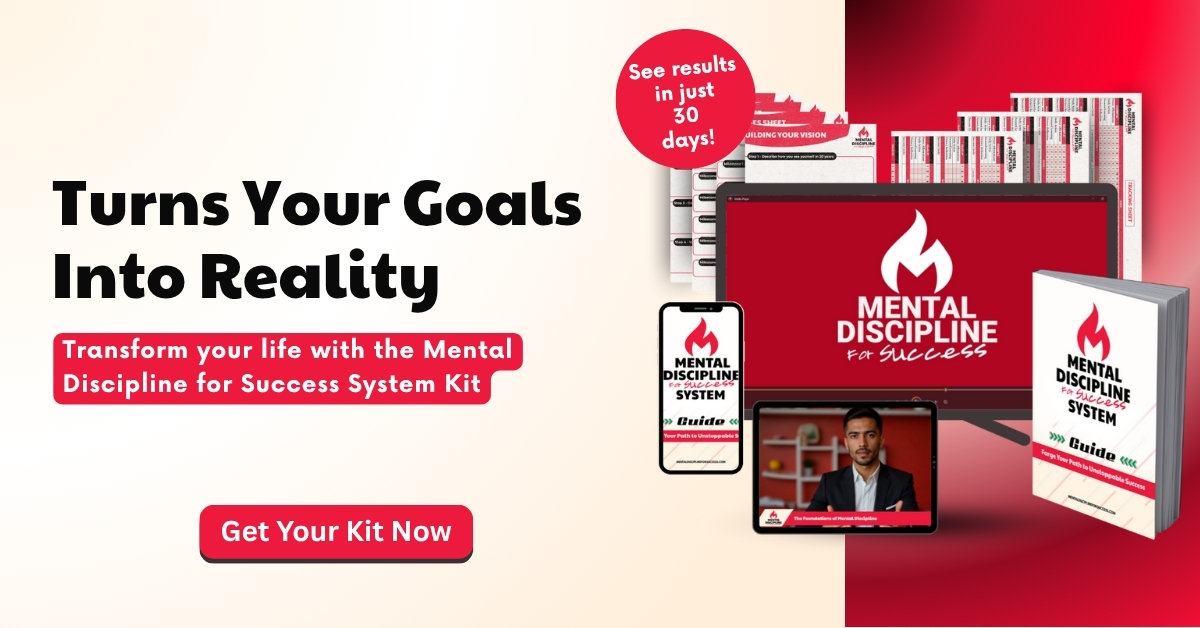

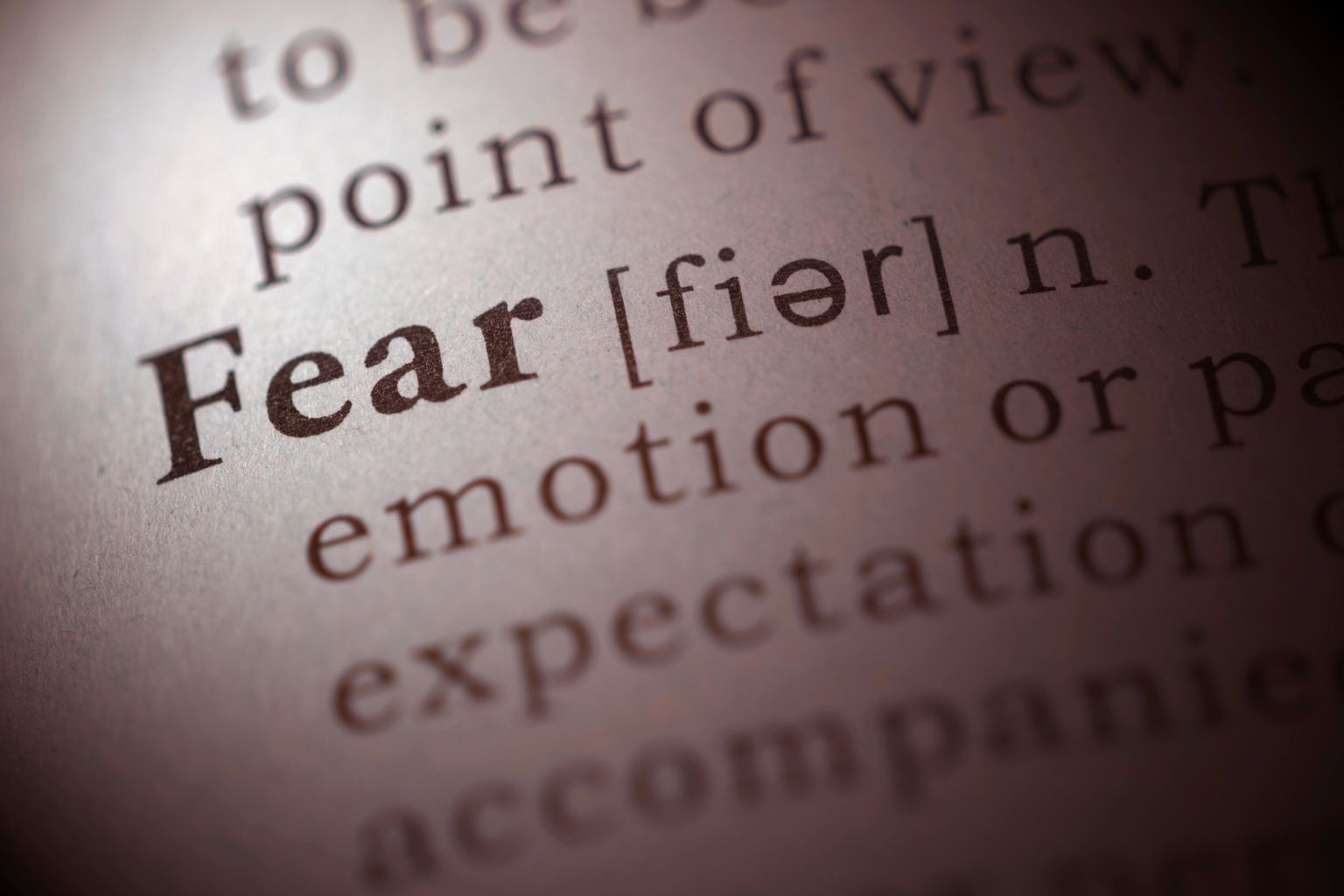



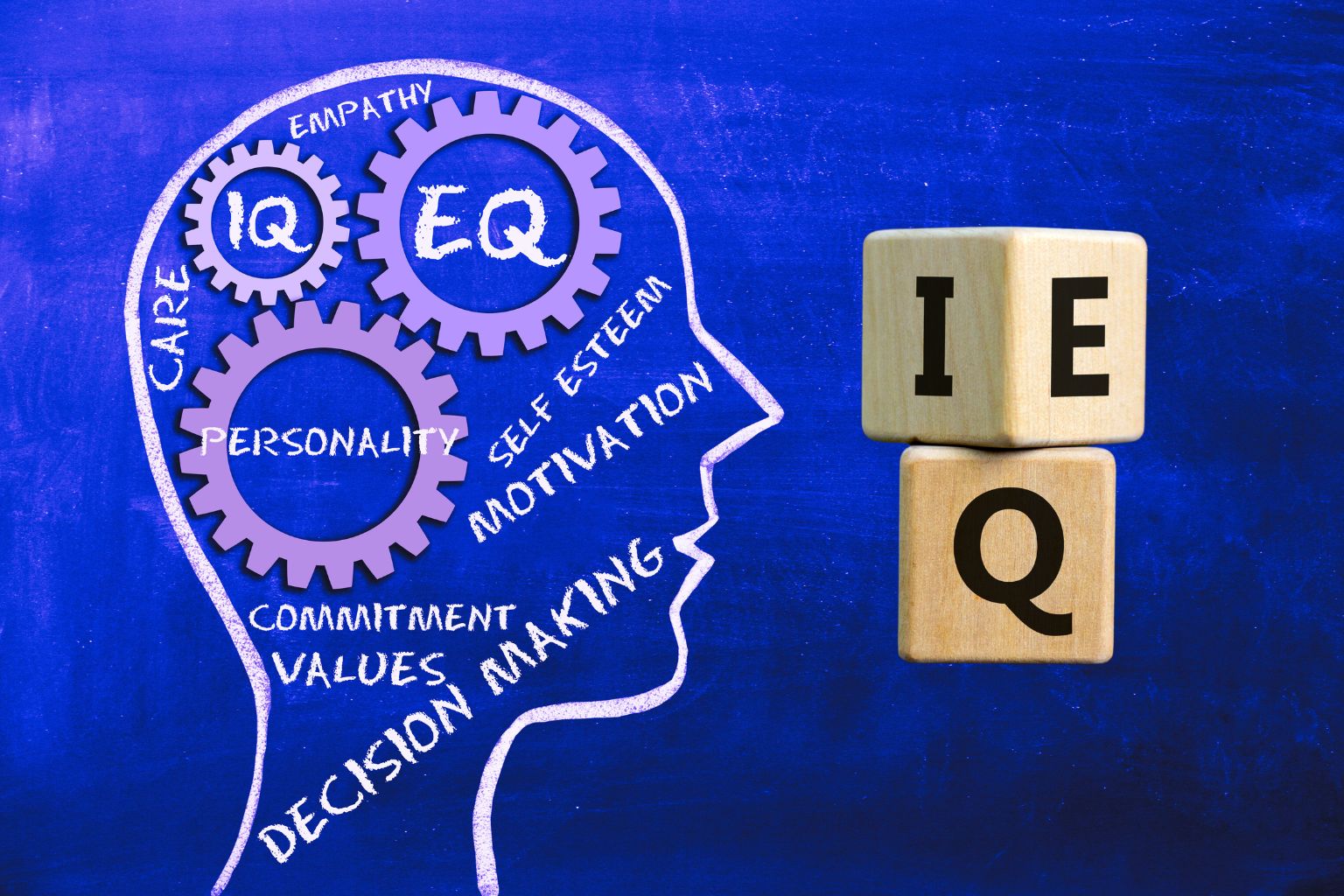


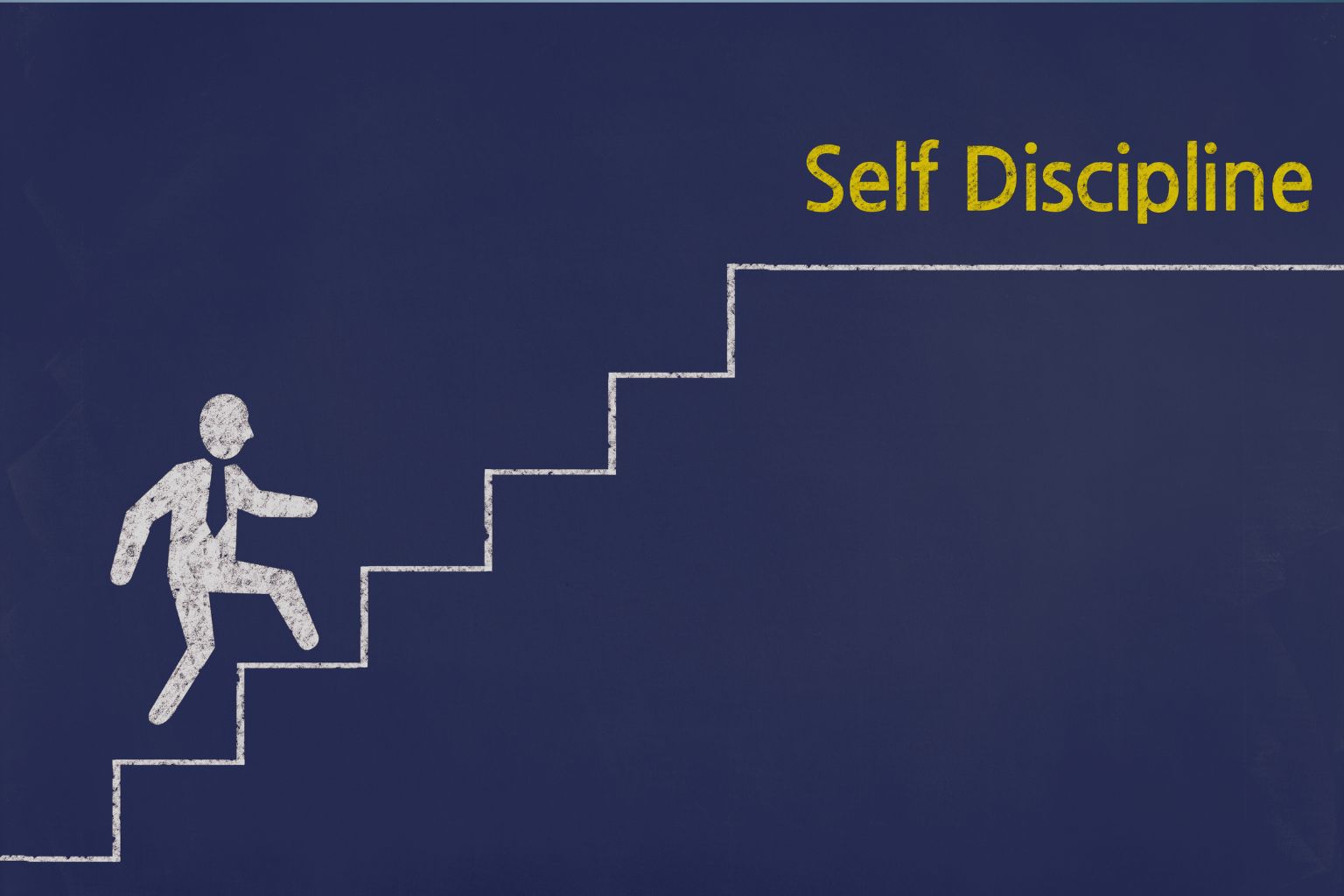
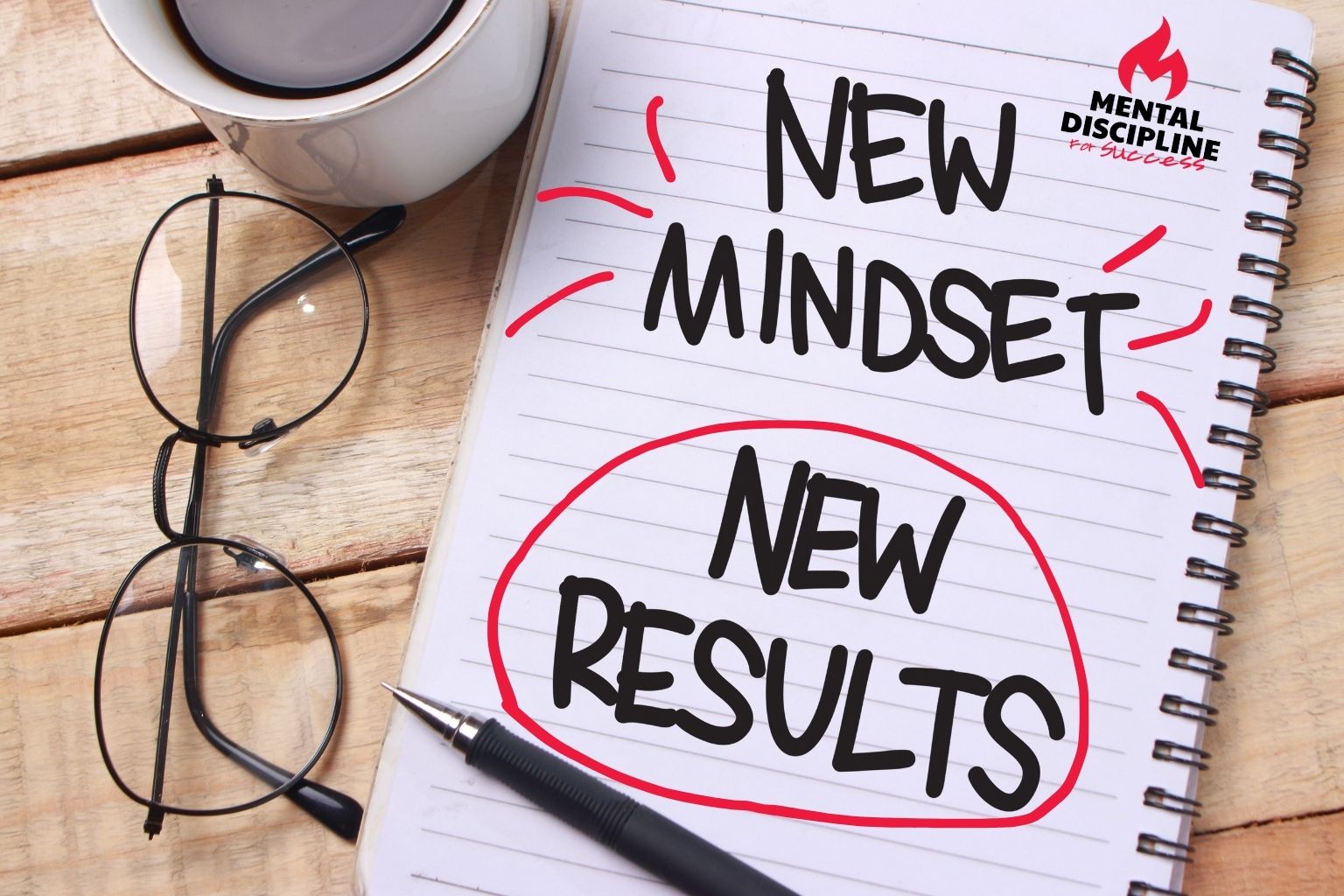
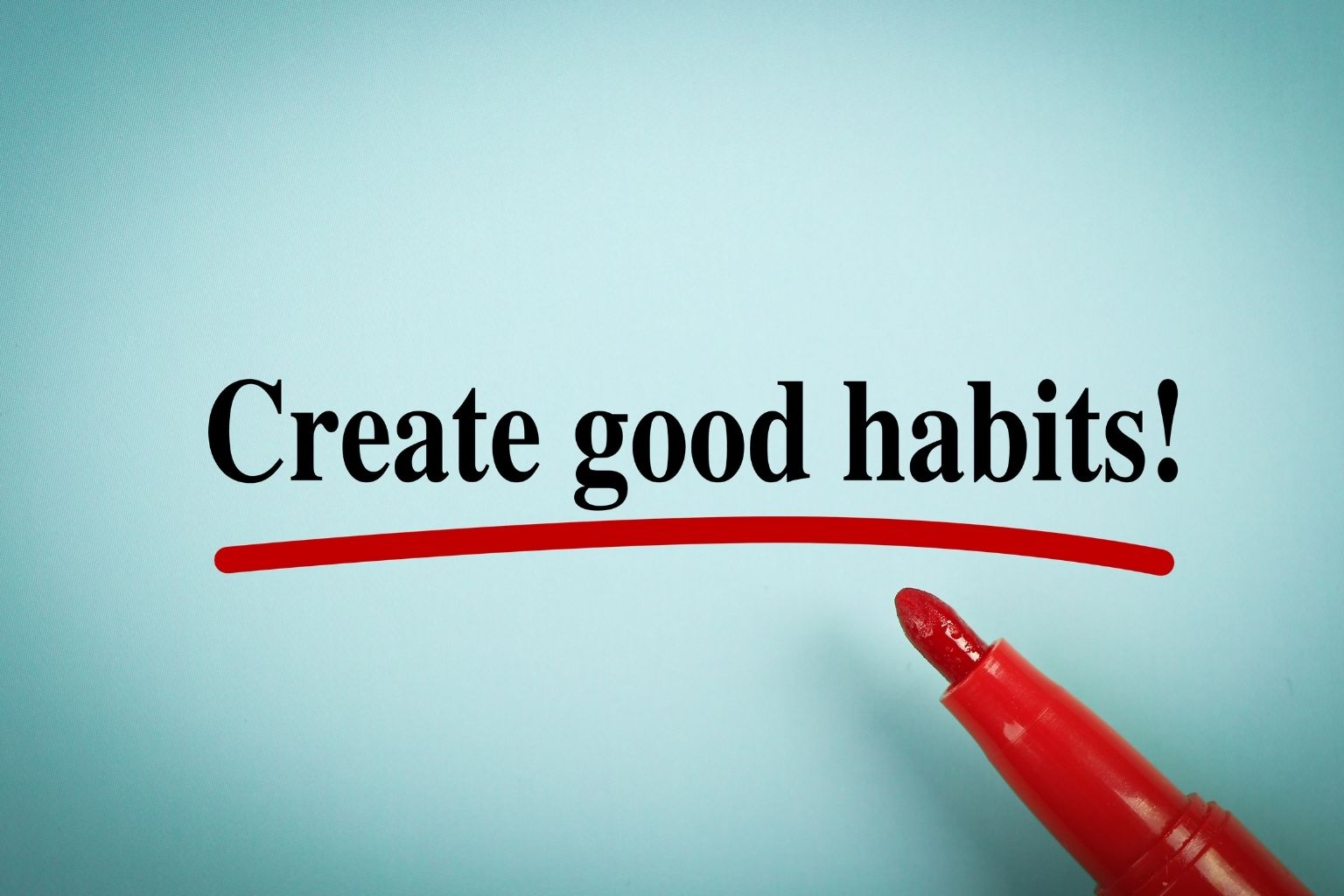

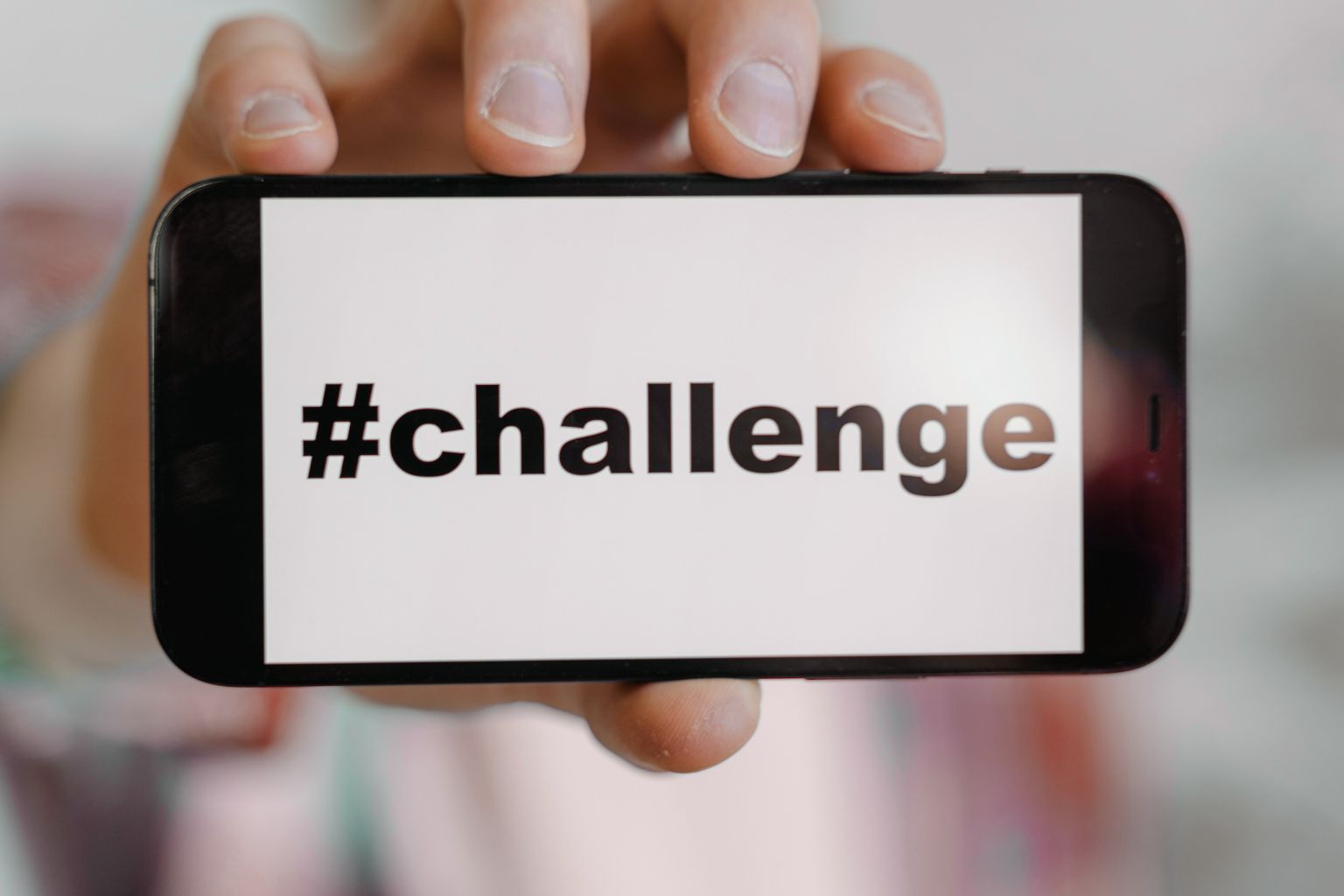

Share it!